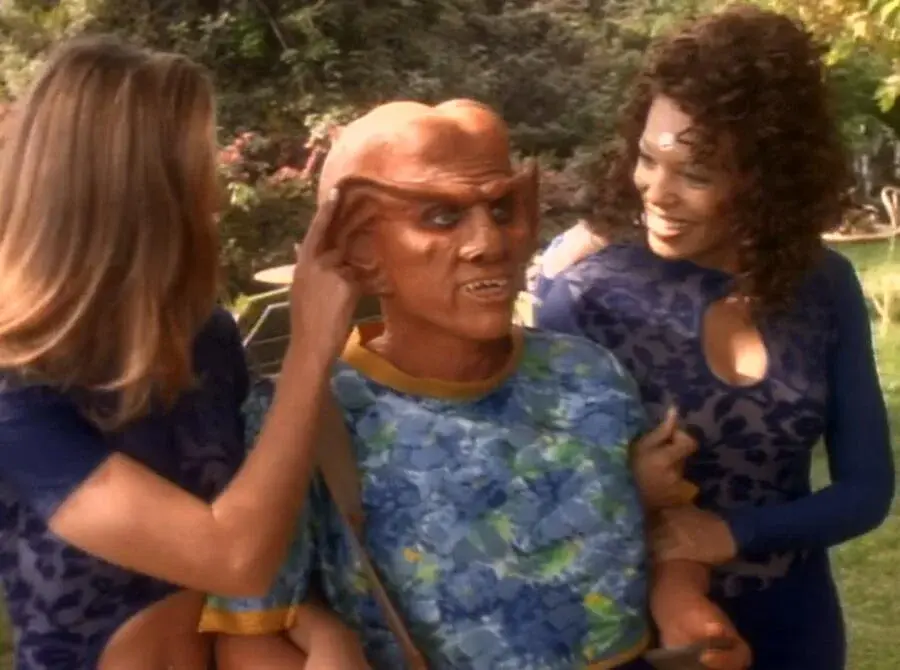The Youtuber Brandon F has a 4 part series talking about why they fought like this. Spoiler- it wasn’t because they were stupid.
TLDR- if you split up you just get run down by enemy cavalry.
TLDR- a close formation lets you concentrate your firepower at one point.
TLDR- a close formation makes communication and controlling the army much much easier (or even possible at all).
TLDR- the formation makes the troops less likely to run away.
Fun (and short) read, the Manual of 1791, the gold standard of how to Infantry in the French army (translated): https://www.yumpu.com/en/document/read/62609125/french-drill-manual-1791
It’s literally ALL marching and formation drills. How to not-shoot the guy in front of you, how to place your feet when firing, how to go from colums to line. Marksmanship isn’t in there, bayonet practice isn’t in there. None of the actual-killing-the-enemy was considered required knowledge, because the formation stuff was considered FAR more important.
And as a reenactor who has been clubbing in the back of the head with a musket more than I count (on account of being clubbing in the head a lot), this stuff really isn’t as easy as it looks. The French might have had a YEAR to learn this at first, the latter recruits had a week.
Ex-Military here.
Seems not much has changed. Unless you’re a Tier 1 or Special Forces, you don’t spend all that much time on marksmanship either.
Maybe 5-10% of actual training time goes to marksmanship. The rest of it is infantry skills. Squad level movement, field craft, field defenses, cover and concealment,urban ops, the list goes on. These are the things that win wars, not a 3rd Prestige COD pro.
These are the things that win wars, not a 3rd Prestige COD pro.
That’s exactly my point. They learned what they had to know to win, just like today. And that generally isn’t hitting a stationary target from a shooting table. And since nobody is training for that, it’s hardly surprising they’re not all that great at hitting stationary targets from a shooting table.
Nowadays, small-unit tactics and field ops win wars, back then, formation movement won wars. So that’s what they trained, and as a result, they’re not an army of sharpshooters. But they did win wars.
Yup.
What do you think would send a rag-tag group of fighters running, efficient use of ammo, or a regimented wall of firepower? Wars back then were won by breaking up the army so disease and desertion can take its toll, so you want your army as regimented as possible so you’ll eventually win.
Look at the Revolutionary War, George Washington lost more battles than he won, but he knew defensive wars were won through attrition, not shooting more of your enemy. So he focused on disrupting supply lines and harassing the enemy (so more disease and attrition), not on direct confrontation. I imagine other musket-era wars were similar: if you have superior numbers, you break up the enemy armies; if you have fewer numbers, you disrupt enemy supply lines. In both cases, accuracy isn’t important, strategy is.
Napoleonic tactics worked fairly well in the 19th century. Mixed results in mid to late-19th.
It’s when they tried to apply them to WW1 that the body counts got ridiculous.
It’s my understanding that they really didn’t. The American Revolution was won in part because the Americans more often “adopted Native tactics” (I.e. attacking from tree lines, on paths on unsuspecting units moving from place to place, aiming for officers, etc).
The big Napoleonic blocks were done, but often just out of honor and so officers had some sense of “control” over the battle so they could both easily pull out before it descended into a large brawl where they might actually be killed
Not really. The American Revolution was still fought with the same Napoleonic tactics used by the regular army. The irregulars might have adopted more guerrilla methods in the frontier, but they weren’t widely adopted.
Reinforcements from the French army and navy won the war. The French Revolution followed shortly after.
And IIRC those Napoleonic tactics were still used in the American civil war and beyond. The “big Napoleonic blocks” led to trench warfare in WW1.
I agree, also important to note that the “big square” actually served a purpose in preventing cavalry from picking off separated infantry and detering cavalry charges. From my understanding the formation was genuinely effective until horses stopped being a factor in war.
I mean maybe “honour” played a role in why they did things but i think we’re sometimes too quick to assume people in the past were idiots.



